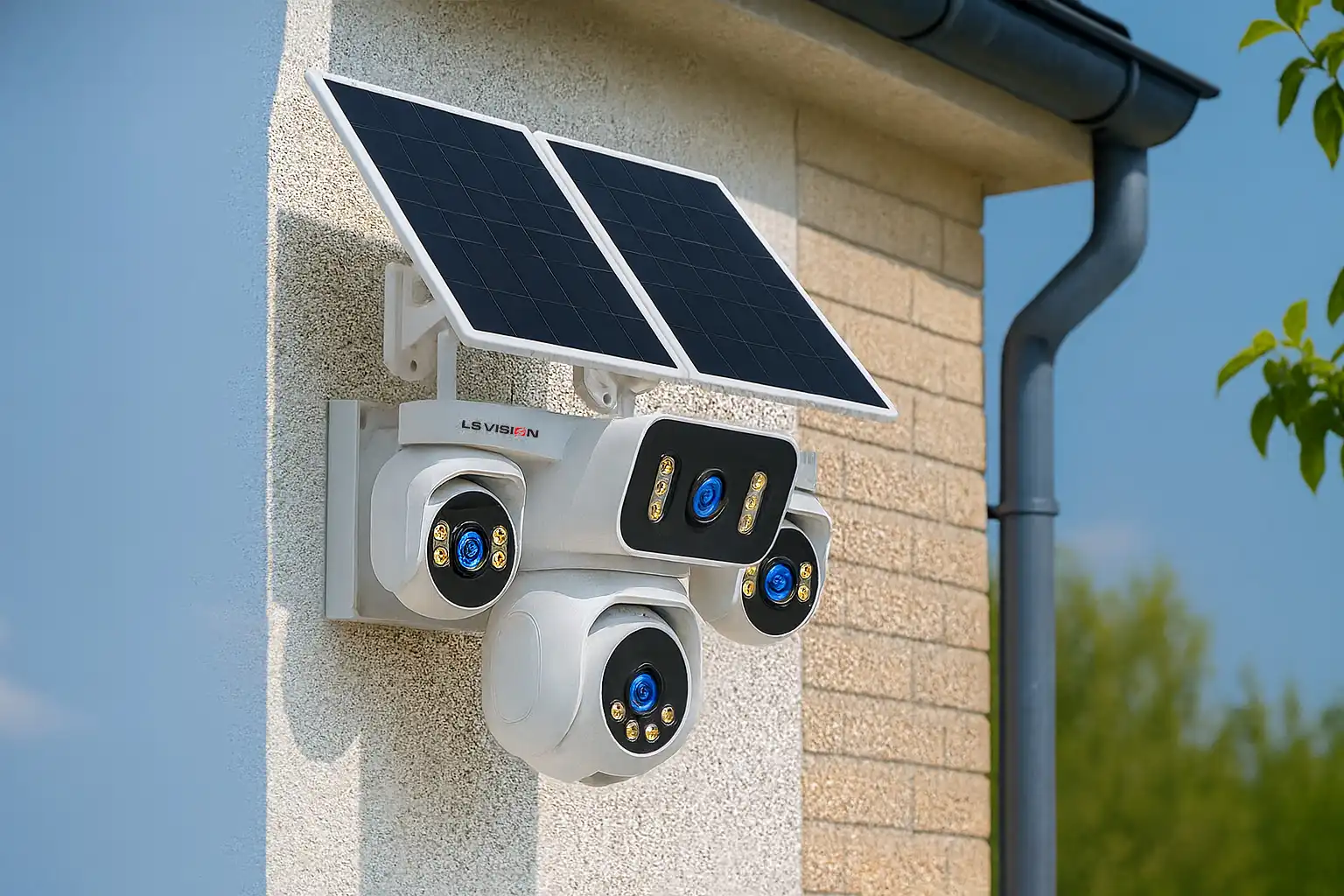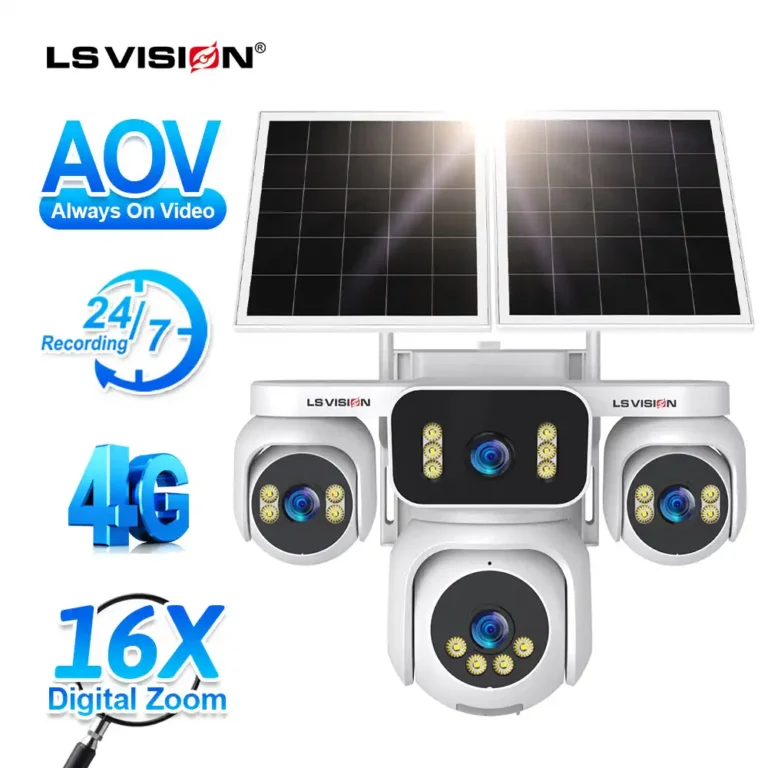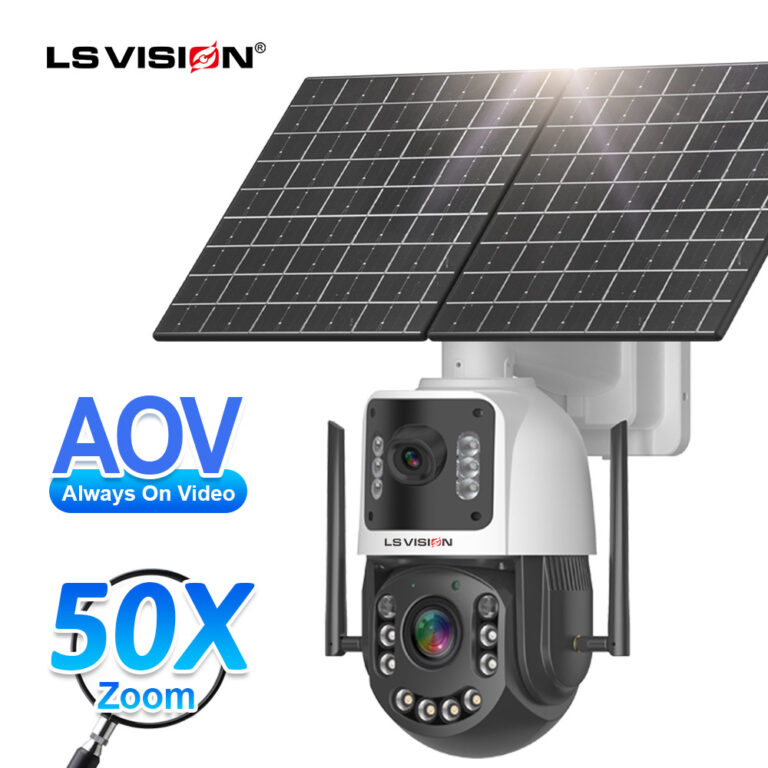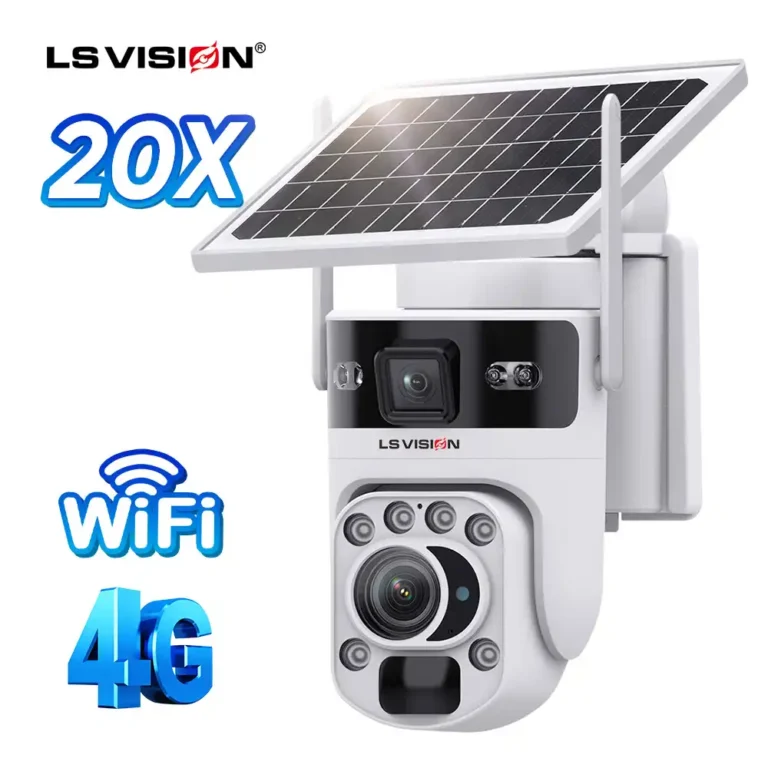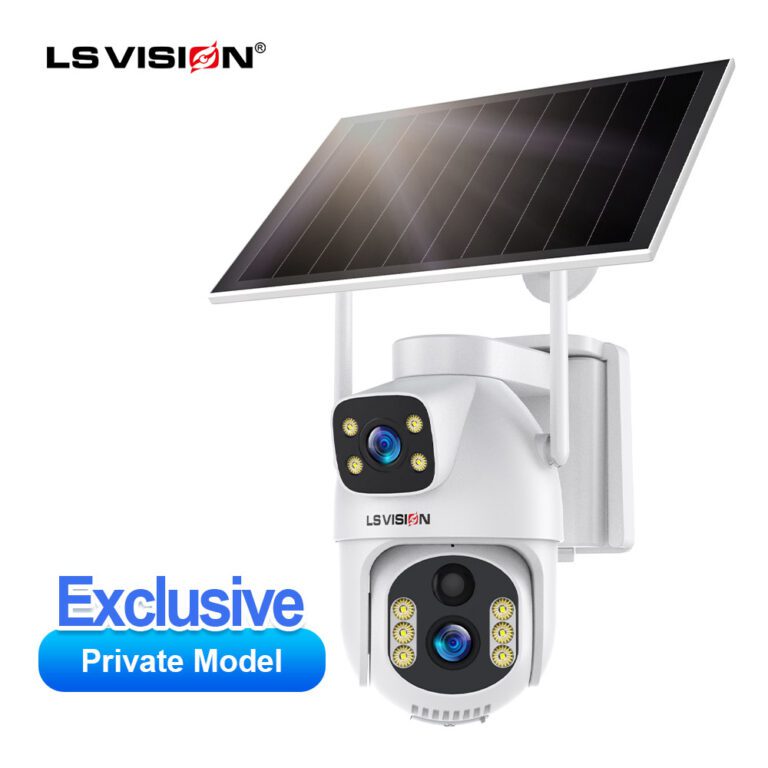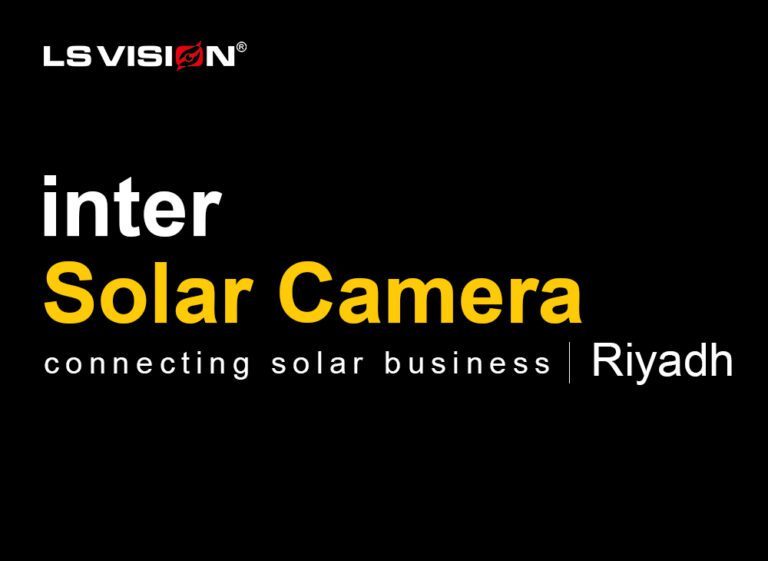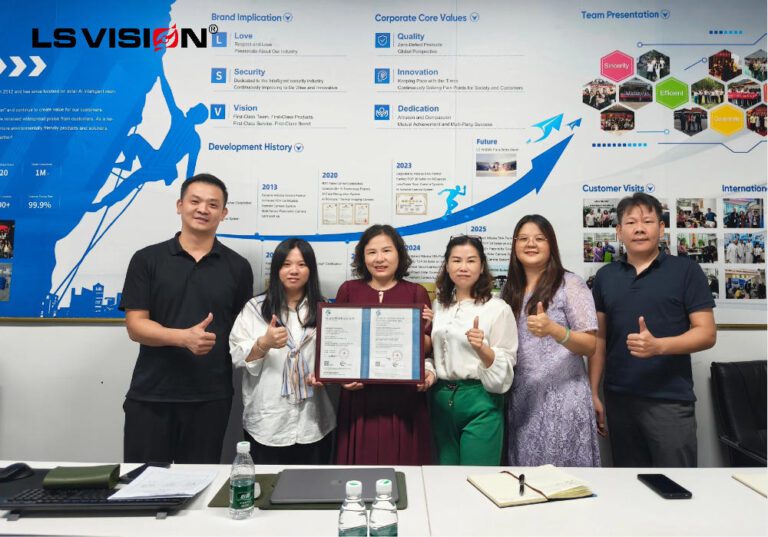In the video surveillance industry, the long-term reliability of devices depends not only on appearance and specifications, but also on the core chipset capability and verified testing data.
ВИДЕНИЕ LS has recently launched its latest Солнечная камера AOV, a four-lens, four-view design that works as a 24/7 recording solar security camera. Powered by the HiSilicon Hi3516CV610 chipset, the device went through strict testing on temperature, power consumption, and image quality during R&D. The following sections present the test results and explain their meaning for real-world projects.
Оглавление
ToggleChipset Architecture and Performance Advantages
The HiSilicon Hi3516CV610 chipset is designed for solar security camera applications. Its main features include:
- CPU Architecture: Dual-core Cortex-A7, 900MHz, supporting 32K ICache/32K DCache. It maintains stable performance in multi-view decoding and multi-tasking.
- NPU Computing Power: 1Tops, supporting AI functions such as human detection and intrusion detection. These can be processed directly at the front-end, reducing backend load.
- ISP (Image Signal Processor): Optimized for wide dynamic range, noise reduction, and color correction, delivering clear images even under complex lighting.
- Video Encoding: H.265 saves about 50% bandwidth and storage compared with H.264. For example, at 1080P, a 1TB hard drive stores about 14 days of H.264 video, while H.265 can extend this to about 28 days.
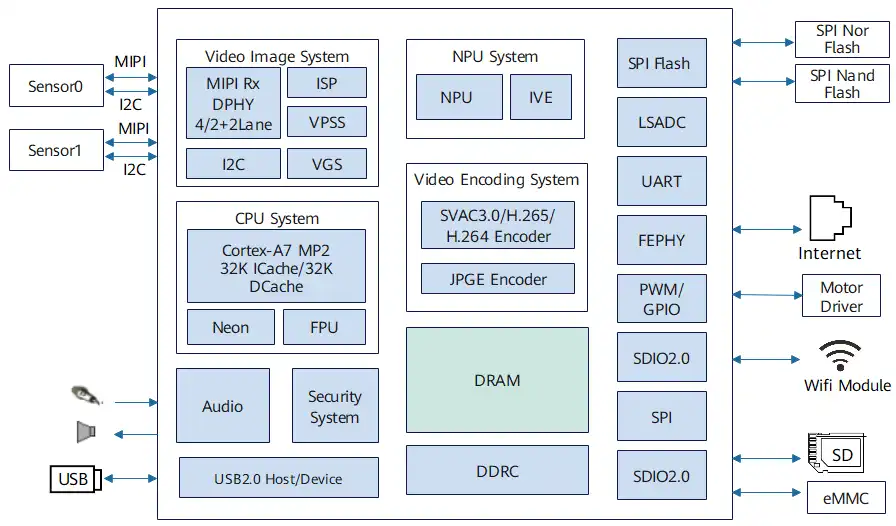
This solution provides a better balance between image clarity and storage efficiency. It ensures quality video while reducing network and storage pressure. For scenarios requiring long-term recording, this has direct cost benefits, making the continuous recording solar powered camera valuable for projects.
Early Reliability Testing
After the architecture and functions were set, R&D focused on validation. Starting from the PCBA board stage, we arranged a series of stress tests. This was not just to check if the device could power on, but to systematically evaluate performance of core parts under different conditions:
- Power modules under repeated on/off cycles.
- Sensor interfaces after long-term high/low temperature cycles.
- Chipset stability during continuous AI processing and video encoding.
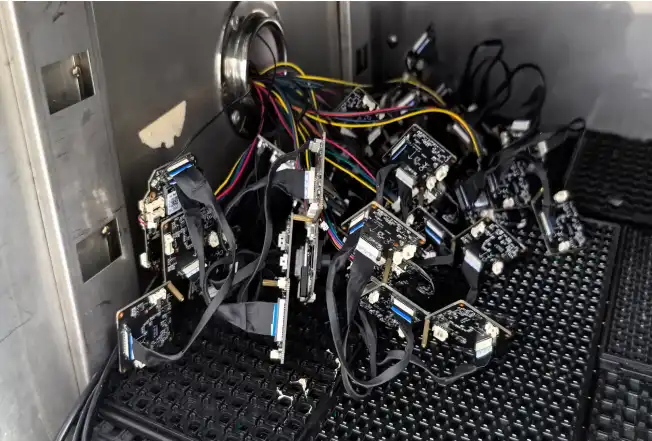
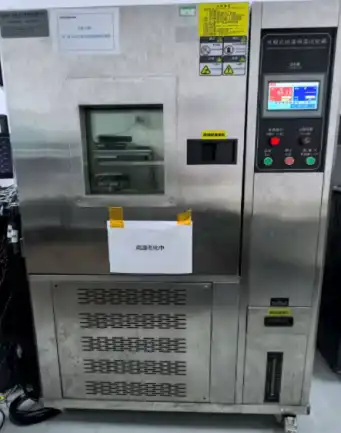
These early tests detect potential problems before the whole unit stage, avoiding risks in mass production. They lay the foundation for later environmental stability testing and ensure a trustworthy solar CCTV camera platform.
Environmental Stability Testing
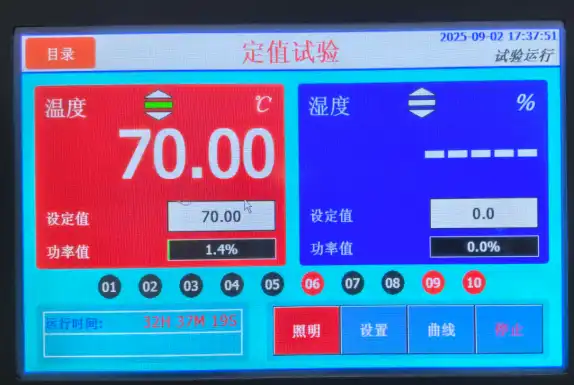

Aging tests were carried out in climate chambers:
- High temperature: 70℃, running for 24 hours
- Low temperature: -20℃, running for 24 hours
- Continuous on/off cycling during operation
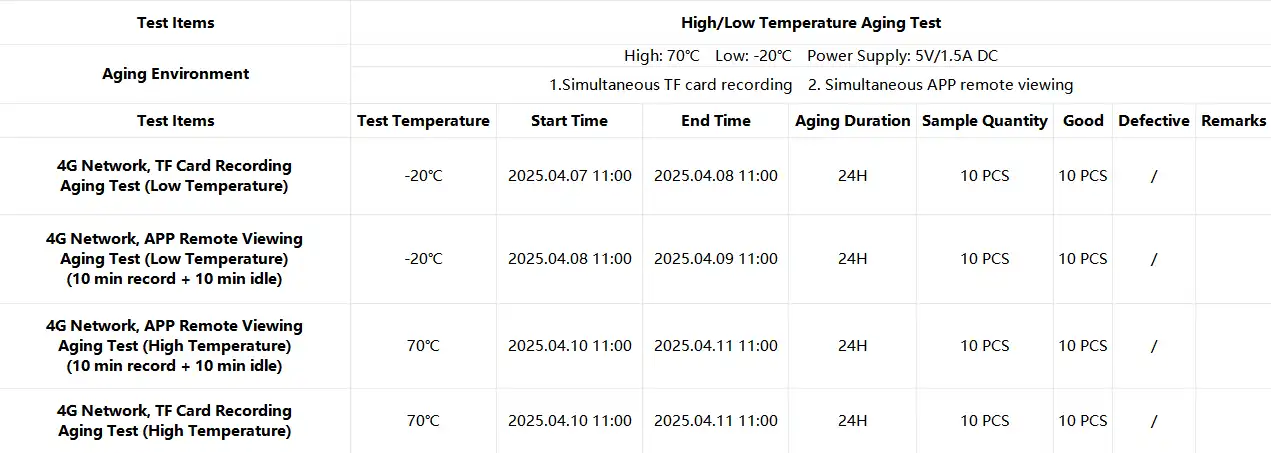
According to the recorded table, this validation included:
- Communication function: continuous operation with the 4G module turned on
- Storage function: TF card video recording with uninterrupted writing and reading
- Application function: APP live view opened and closed repeatedly (about every 10 minutes)
- Execution batch: 10 samples per group, running continuously for 24 hours
- Result: all samples worked normally with no function loss or system crashes
This kind of high/low temperature aging test not only verified whether the whole device could start in extreme conditions, but also covered the long-term stability of core modules.
By combining communication, storage, and application operations at different temperature points, the tests simulated real high-load scenarios the camera may face in deployment. This ensures the product has gone through batch consistency validation before mass production, not just single-sample demonstrations.
The test range covers most global climates, such as Middle Eastern summers (>50℃) and European winters (~-15℃). However, for regions where temperatures remain below -20℃ for long periods, we do not recommend using this device, as battery charge and discharge efficiency drops sharply in very low temperatures, leading to insufficient endurance.
Processor: H610, optimized for multi-lens + AI computing
Lens Setup: 4 lenses (3×4mm + 1×6mm PTZ), 360° full coverage
Разрешение: 8MP (4×1080P), H.265+ compression
Хранение: TF card up to 256GB + Cloud storage
AI Functions: Human detection (30m, 1T AI), auto-tracking, alarm linkage
APP: HiEasy remote control (iOS / Android)
Solar Panel: 15W dual panel + 16,000mAh battery, 3W max consumption
Power Consumption and Solar Planning
For solar-powered systems, power data is critical. Using a power analyzer, we measured average current:
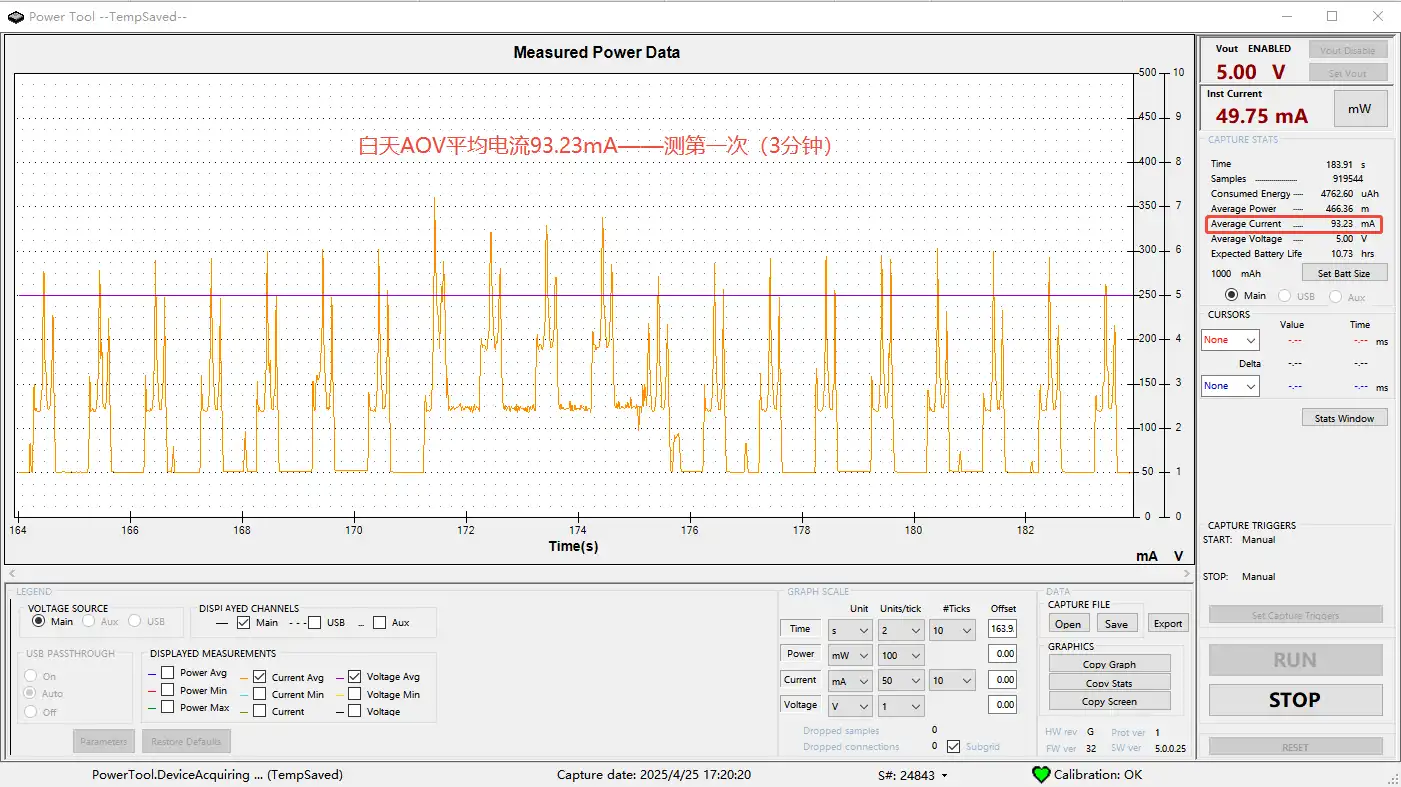
Daytime AOV Mode

Night IR mode: ~120 mA
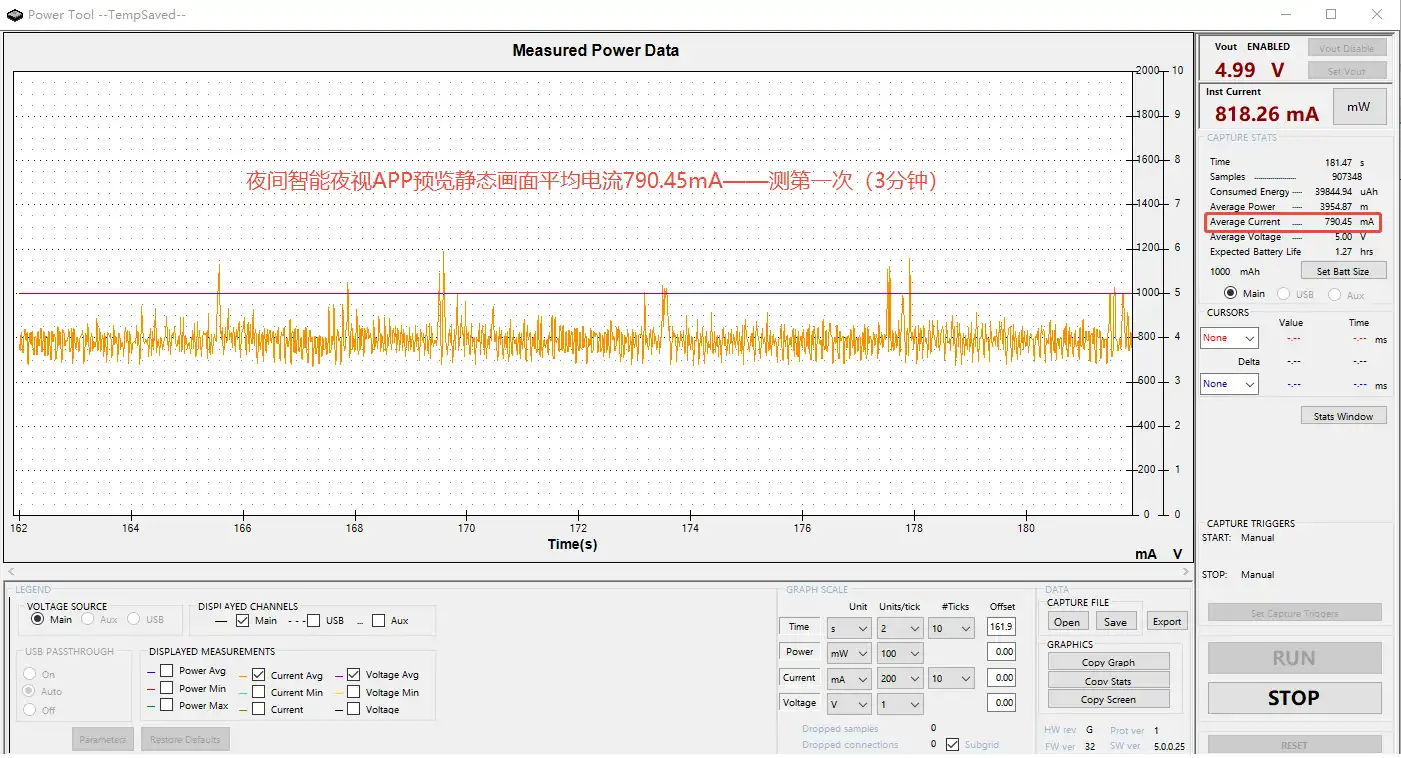
Night white-light mode: ~790 mA
Based on this:
- A 16,000mAh battery supports ~100 hours in daytime mode
- About 80 hours in IR mode
- White-light requires ≥20W solar panel for stable use
These data points allow partners to directly plan battery and panel matching, instead of relying on vague estimates. Unlike PIR-triggered devices, the non-PIR solar camera can provide real continuous recording solar powered camera performance. This reduces the risk of power shortage, increases system reliability, and improves user trust in projects.
Image Quality Validation
Objective Tests (Clarity)
- Center resolution: 1000×1000
- Corner resolution: 650×800
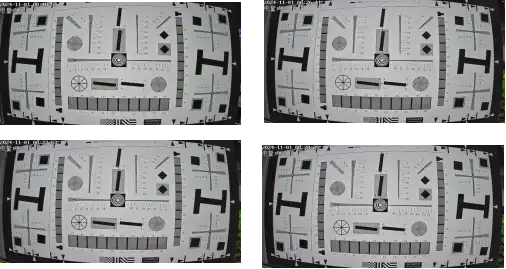
These results show that the image is not only clear, but also stable in color reproduction and consistency. Even at the edges, details are preserved without distortion or lighting loss.
Objective Tests (Saturation)
saturation=151.9%,139.7%,140.6%,140.0%

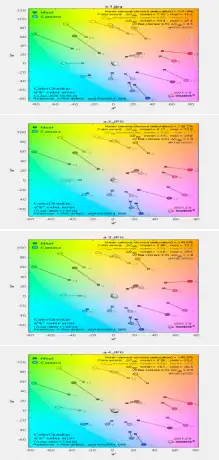
Objective Tests (Brightness and Color Balance)
Ball camera ΔS values: 0.026, 0.030, 0.029, 0.024
Gun1 camera ΔS values: 0.000, 0.023, 0.015, 0.024
Gun2 camera ΔS values: 0.026, 0.026, 0.018, 0.011
Gun3 camera ΔS values: 0.000, 0.022, 0.023, 0.035
All results are within the industry standard (≤0.03) or very close, showing stable white balance and reliable color accuracy under different conditions.
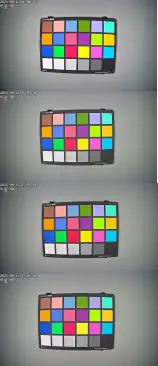
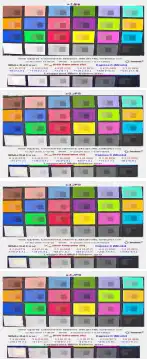
Subjective Tests
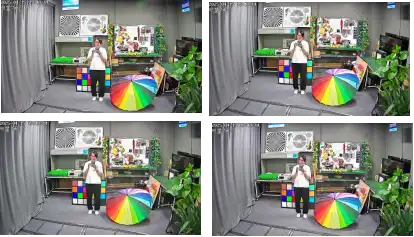
Indoors during the day
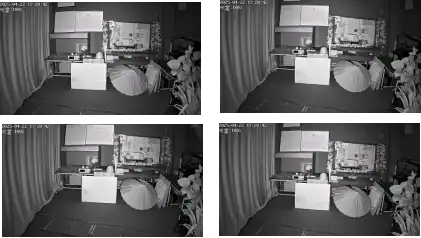
Indoor Infrared Night Vision

Outdoor night vision with white light illumination
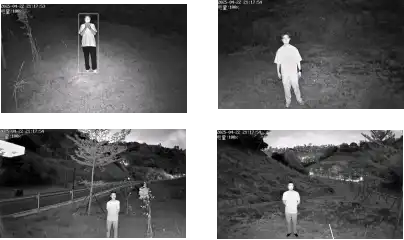
Outdoor Infrared Night Vision

Outdoors during the day
Together, these results prove stable imaging across different environments. With the Hi3516CV610 chipset’s AI ISP, the AOV 4-lens solar security camera goes one step further than similar products. In terms of image performance, it has become one of the few models in this segment that can achieve both balanced features and outstanding video quality.
Заключение
The HiSilicon-powered 24/7 recording solar security camera has been validated in multiple test dimensions. It achieves a balance between performance, stability, and long-term cost efficiency.
В качестве 24/7 recording solar security camera wholesale supplier, LS VISION provides products that partners can trust. For those looking for an always-on video solar security camera manufacturer, we deliver measurable reliability and project-ready solutions.
Часто задаваемые вопросы
A 4-lens solar security camera with 24/7 recording can provide multiple views at once, covering wider areas with fewer units. This reduces wiring and installation costs in large projects like campuses, borders, or factories.
We tested from -20℃ to 70℃, showing stable operation. This covers most markets. For extreme areas like Siberia (<-30℃), we suggest extra housing. In short, the device’s reliability has been verified, but we also provide clear boundaries to prevent misuse beyond the tested range.
Power data can be used directly to plan battery and solar panel sizing. For example, in white-light mode at ~790 mA, engineers know larger batteries or ≥20W panels are required. This makes the continuous recording solar powered camera more practical in project bidding and budgeting.
For projects, encoding impacts network and storage directly. H.265 allows more channels on the same bandwidth and longer recording on the same storage. This is a clear advantage for always-on video solar CCTV with H.265 storage saving in long-archive use cases.
Да, мы предоставляем привлекательные скидки на оптовые заказы, гарантируя, что вы получите лучшую цену при покупке камер AOV Solar в больших количествах. Это отличный способ для реселлеров и дистрибьюторов максимизировать свою прибыль.
Many low-cost cameras skip such validation, leading to crashes or poor image quality over time. The AOV solar camera provides measurable test data that prove its reliability. This helps partners gain trust in competitive markets.

